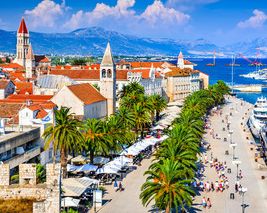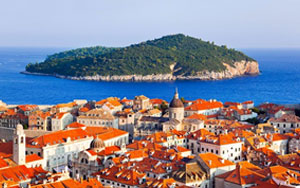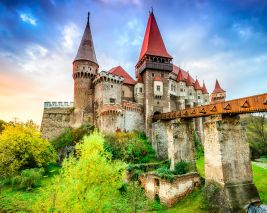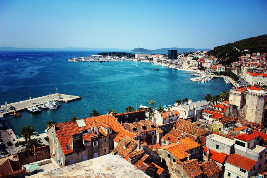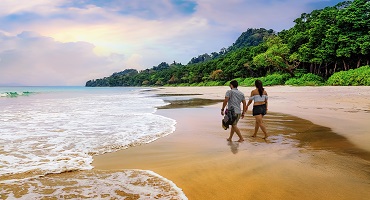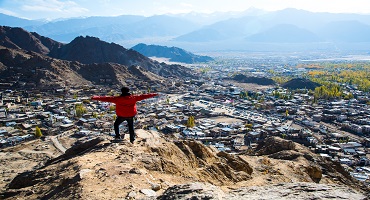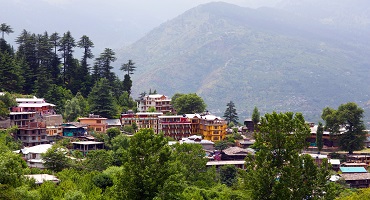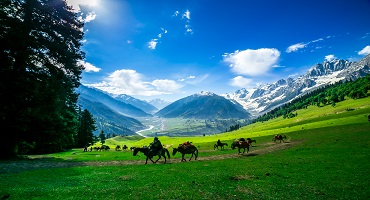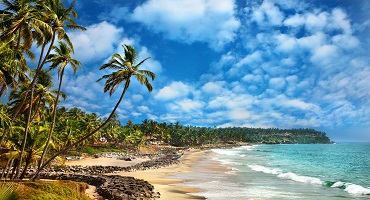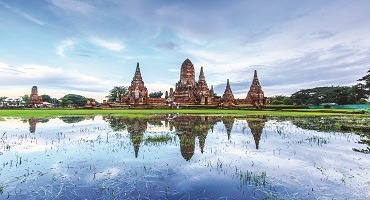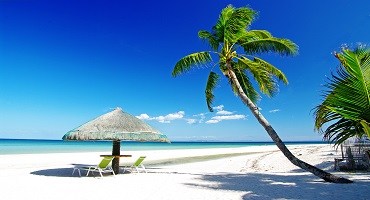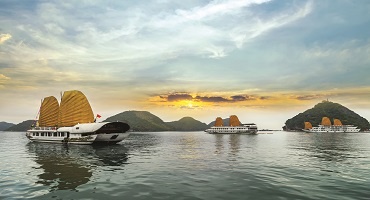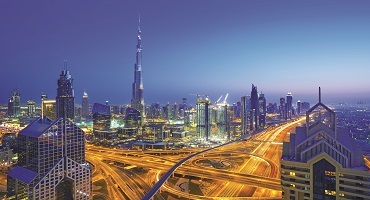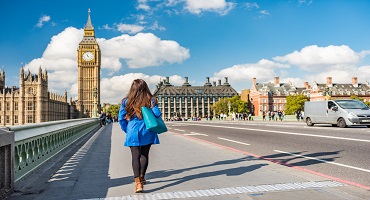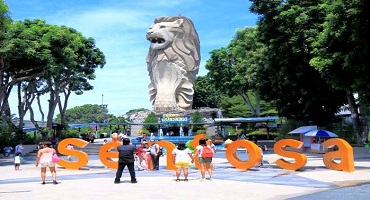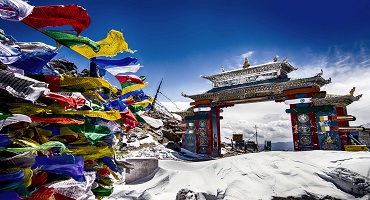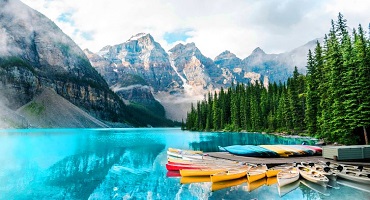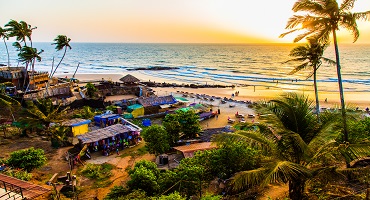If you’ve fantasized about balmy Mediterranean evenings, along turquoise coasts, with a plate full of oysters and a glass of red wine in hand, then Croatia is the place for you. This extraordinary nation ticks every sensory expectation, creating the perfect backdrop for endless vacationing. With exceptional historic, cultural, natural and recreational offerings throughout the year, you may be asking yourself what is the best time to visit Croatia. Luckily, we at Thomas Cook, have outlined this very consideration into an easy travel guide.
Take a look at Croatia’s seasons of spring, summer, autumn and winter. Read on to find out what makes them so special!
Peak Season – For all those seeking a quintessential summer vacation with all its accompanying glories, June to August is the perfect season to hit the pearl of the Adriatic. From the biggest music festivals to the sauciest salsa parties and pool extravaganzas, tourists flood the coasts for one continuous sunny feeling!
Shoulder Season – March to May and September to November
Low Season – December to February
| Travel Season |
Min./Max. Temperature |
Season |
| March - May |
3-21°C |
Cool to Pleasant |
| June - August |
15-27°C |
Warm |
| September - November |
4-22°C |
Cool to Pleasant |
| December - February |
-1-5°C |
Cold |
Croatia In Spring (March to May)
Temperature – The air temperature during the season of spring fluctuates between 3°C and 21°C.
Weather – The weather of Croatia in spring is remarkably fresh and deliciously crisp, with the aroma of floral buds hanging thick in the air. The month of March remains frosty, with remnants of winter still lingering. The end of the month witnesses the snow beginning to thaw. Despite moderate rainfall in April, the atmosphere gives way to mild sunshine and chirping birds. By May, the climate becomes warm and beach ready!
Significance – Croatia during spring is very enjoyable. Individuals may spend their days by the sea or river, enjoying a latte or a sumptuous seafood meal. The mountains are also a great place to spend a spring day, amidst the cleanest air and most spectacular panoramic views. Furthermore, one can go to a flower show, partake in a wine/oyster festival and even pick wild asparagus and learn how to cook with it! Easter celebrations are also extremely fun and vibrant.
Why you should visit now – The season of spring is charming in every single way. Individuals can explore the relatively quiet streets, traverse the picturesque islands and even engage in some adventure sports. The weather is warm enough to warrant light clothing, which means no woollens! The landscapes are dotted with gorgeous flowers of varying shades. Wouldn’t you love to experience this?
Things to know before the visit – Since this is shoulder season, individuals can savour the sweet serenity and peace of having fewer tourists. This is a great time for family bonding and those adorable pictures! Furthermore, accommodation and tour prices will be lower, so budget travellers can optimise on this. Although the climate is ideal for relaxing by the water, it’s recommended not to go in as you may catch a cold.
Tips – Pack comfortable and smart clothing that is both light and breathable. Throw in a warm jacket, as mornings and evenings can get particularly chilly. You will not need scarves, gloves or mittens. Carry an umbrella for those occasional showers of rain.
Croatia In Summer (June to August)
Temperature – The air temperature during the season of summer fluctuates between 15°C and 27°C.
Weather – The climate of Croatia in summer is delightfully pleasant. The season is blessed with bright and sunny days and the atmosphere sings with notes of warmth. The water proves to be a cool and refreshing escape from the golden shine. This is perhaps the best climate to visit Croatia in for all kinds of activities and adventure, except during the intermittent periods of rain.
Significance – The coastal areas sparkle with excitement and thrill, just take the panache of Dubrovnik for instance! During the summer, the region teems with music and food festivals galore. Individuals can enjoy the sun, sand, surf and sizzling cuisine. Afternoons are the best time to get into the ocean and embrace that water baby in you!
Why you should visit now – Summer is the best season to visit Croatia if you’re looking to drink in the tropical vibes of its magnificent islands. We’d recommend a visit to the following uncommercial spots for a delicious peace of tranquillity, amidst the hot mess of summer - Cres Island, Vis Island, Lastovo Island, Orebic or Ston on the Peljesac peninsula.
Things to know before the visit – Summer is peak tourist season and with that title comes a host of considerations. For instance, one should expect large crowds, long queues and comparatively slower service. There is a general buzz of hustle and bustle in the atmosphere. Furthermore, air fare, accommodation and tour prices tend to be on the higher side. Hence, make sure to do all your bookings in advance.
Tips – Pack cotton clothing that is breathable and quick dry. Throw in some UV protective sunglasses, SPF sunscreen lotion and a hat/cap. Don’t forget your swimming costume/swimming trunks as well as flip flops. Keep hydrated through the day and consume frequent light meals.
Croatia In Autumn (September to November)
Temperature – The air temperature during the season of autumn fluctuates between 4°C and 22°C.
Weather – Other than the mountainous and central regions, most of the country experiences pleasant weather during the season of autumn. In fact, the month of October is often referred to as a velvet summer with delightful water temperatures, soft blue skies and oodles of sunshine. However, frequent showers at night enable chilly weather.
Significance – Croatia’s capital, Zagreb, is particularly majestic in autumn. Especially in the remote city break areas that are blanketed with fairy-tale foliage. Take for instance, Nature Park Medvednica, which is only a half hour drive from the main centre. A beautiful little mountain that sits at the edge of the town, it’s worth the climb to the top.
Why you should visit now – The season of autumn, with its alluring climate and tranquillity, provides ample opportunities for travellers to relax, unwind and savour their vacation time. Individuals may enjoy a cosy getaway at a wooded cabin in quaint Risnjak Forest. Imagine being surrounded by millions of fall-studded trees! What’s more, this is an ethereal time to visit Plitvice Lakes – Croatia’s most beloved national park. The lush forests, wooded bridges and shimmering waterfalls are simply breath taking during this time!
Things to know before the visit – Since autumn is also considered shoulder season, travellers will have the opportunity to pick and choose what they’d like to do without the fear of it getting sold out or being bombarded by tourists. Furthermore, budget travellers can take advantage of the friendly prices during this time!
Tips – Much like spring, you can pack stylish and smart holiday clothing, but don’t forget the warm jacket for those chilly mornings and evenings. Don’t forget to throw in an umbrella/windcheater.
Croatia In Winter (December to February)
Temperature – The air temperature during the season of winter fluctuates between -1°C and 5°C.
Weather – Croatia during winter is a frosty affair, apart from its Adriatic coast. The atmosphere sways from cool to freezing, depending upon the region in question. While the coastal areas enjoy pleasant 10-13-degree days, the mountain regions experience glacial -10-degree weather with accompanying snowfall. The capital city falls somewhere in between, with temperatures as illustrated above.
Significance – The season of winter is the most festive, conjuring up different ways to surprise and thrill locals and tourists alike. From harvesting plump and juicy mandarins in the Neretva Valley to joining in the pomp and splendour of Dubrovnik Winter Festival and breathing in some holiday cheer at the delightful Christmas and Advent Markets, there’s truly so much to experience.
Why you should visit now – During the magical winter season, Croatia’s Plitvice Lakes National Park transforms into an exquisite and enchanting snow globe! The lakes and waterfalls, when frozen, look like shimmering crystal. The rainbow-coloured hues create a dreamy and surreal feeling, which is definitely worth the visit. Furthermore, this is the perfect time to enjoy the natural hot springs and thermal spas!
Things to know before the visit – Winter is deemed as low season for obvious reasons, but that doesn’t mean there’s a lack of offerings in terms of tourism. However, the prices of hotels, tours and airfare will be at its most affordable.
Tips – Make sure you pack warm clothing, which means woollen sweaters, scarves, mittens, gloves and a winter jacket. Throw in some vests/thermal innerwear along with thick socks. With heavy snow/rainfall, it’s imperative to have an umbrella as well. Moisturiser and lip balm will soothe the skin, during this time.
So, when will you choose to make this cracker of a trip? If you’ve decided, look through Thomas Cook’s Croatia holiday packages and be on your way to a riveting nation!


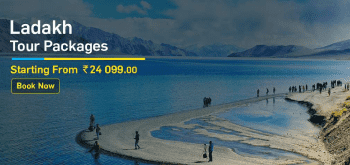






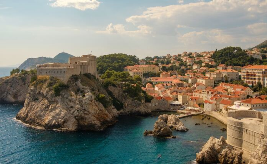
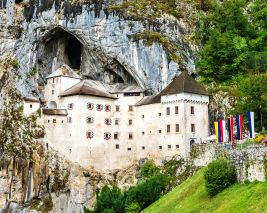
.jpg)
